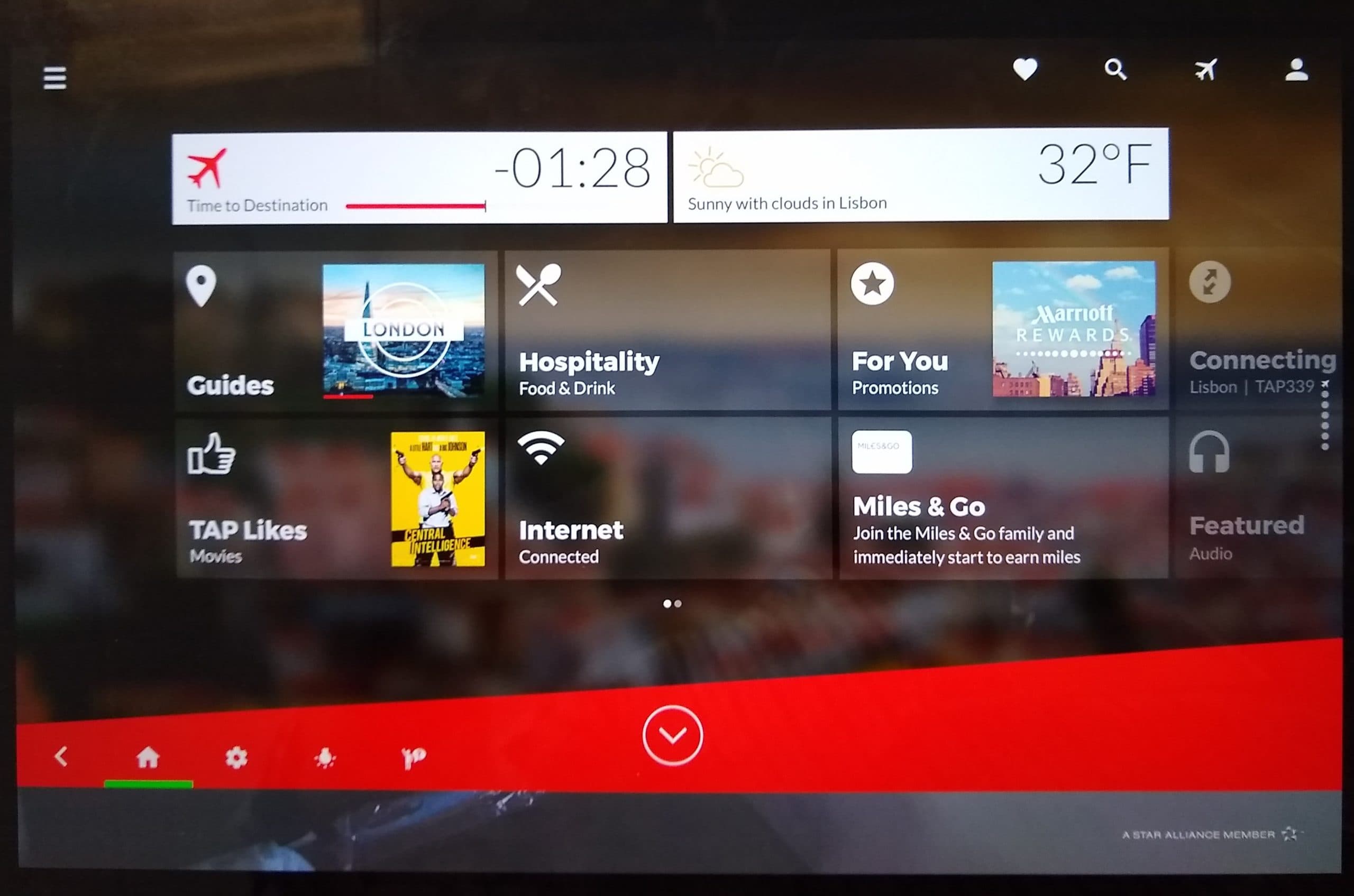How TAP Air Portugal is Taking Personalization Beyond a Name
Share

Airlines have long believed that delivering a more satisfying in-flight experience for passengers means creating a more personalized service on board, but few have delivered meaningful change. TAP Air Portugal is trying to change this, APEX Media discovered today at Aviation Festival.
While for some carriers personalization manifests as the knowledge of a few simple data points, such as a passenger’s name, age and gender, TAP Air Portugal (TAP) is making sure that its newly overhauled in-flight entertainment (IFE) solution sets a new standard for personalization.
At the same time as refreshing its aircraft fleet, TAP wanted to move its IFE system beyond being just a media player and turn it into a solution that delivers higher passenger satisfaction and improved revenue. To do so, the carrier launched a new user interface on top of the Panasonic Avionics eX3 IFE platform, which is customized to meet its needs.
RELATED: How TAP Portugal Uses Touch’s Data Analytics Tool to Make Decisions About IFE Content
Speaking at the 2019 World Aviation Festival in London today, TAP’s IFEC manager Miguel Ferreira highlighted some of the challenges and successes his company faced when developing its new system. “Personalization is not addressing a passenger by name. It is delivering the right content at the right time, carrying over the experience from flight to flight,” he explained.
“It needs to be personalized, to recommend relevant content. It needs to integrate advertising in an efficient and relevant way.” – Miguel Ferreira, TAP Air Portugal
Getting to this level of personalization required the collection and analysis of large volumes of passenger information, as well as a way for passengers to easily link their profiles to the system once on board. Rather than depending on pairing with a mobile device or a manual login, TAP now uses a short code on the boarding pass that passengers type in, meaning the link can happen even if the passenger switches seats.
Even last-minute flight changes aren’t a problem, explained Ferreira. While TAP loads the personalization data prior to the flight, it can also pull additional details over its Ku-band satellite connection as needed.
Instead of changing the layout of the content sections, the interface was designed to draw passengers deeper into the system – more time probing different offerings means increased ad impressions. TAP has also integrated messaging alerts to highlight points of interest along the route, details about the aircraft and, potentially, advertising messages based on personalization data.
According to Ferreira, NPS scores have significantly improved since the new IFE system was introduced.


